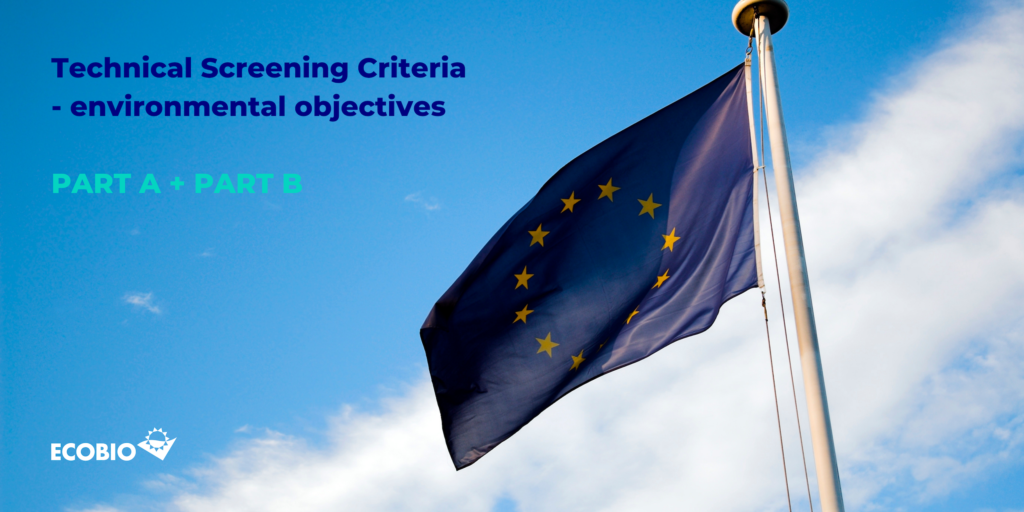EU taxonomy is part of the EU Green Deal, which aims to promote the EU carbon neutrality targets by 2050. EU taxonomy requires companies to classify their environmentally sustainable activities and investments. The aim of the Taxonomy is to get the financial market to direct investments towards more environmentally sustainable solutions.
EU taxonomy raises uncertainty because the Taxonomy Regulation and its obligations as well as the classification system and reporting are constantly evolving. Therefore, possible effects on your business may change every year.

EU taxonomy – frequently asked questions
What?
EU taxonomy is a classification system for sustainable economic activities. It lists economic activities that significantly contribute to the climate and environmental goals and their evaluation criteria. In practice, EU taxonomy is EU’s sustainability tool based on the Taxonomy Regulation. This allows companies to plan their activities in preparing for the green transition. In addition it also enables them to get financing when moving to a low-carbon and resource-efficient economy.
“EU taxonomy is gradually developing, and it increases companies’ transparency as it requires companies to disclose their sustainability information. Sustainability reporting will be an integral part of companies’ annual reporting in the future, in addition to the traditional financial reporting.” says Terhi Valtonen, Senior sustainability consultant at Ecobio.
To whom?
In addition to financial market participants, the Taxonomy Regulation applies to large companies that annually publish a non-financial statement as part of their management report in accordance with the NFRD (Non-Financial Reporting Directive).
EU taxonomy is constantly developing. Because of this the classification system and reporting requirements will cover many other companies in the future. This will happen when the corporate sustainability reporting directive CSRD becomes applicable and replaces the NFRD.
How?
Companies must identify which of their own economic activities can be classified as sustainable according to EU taxonomy. Companies must screen each activity in accordance with the do-no-significant-harm principle.
A company’s activities can only be sustainable if it does not harm other environmental goals or human rights at the same time. Companies must annually report on how much of their operations are in line with the EU taxonomy’s climate and environmental goals and also disclose the key performance indicators.
“Large, listed companies already publish a non-financial statement, but the relevant sustainability information on company’s operations and its impacts can easily get lost in the pile of annually published reports, unless you know where to search for them. With the help of CSRD we will clearly talk about corporate sustainability reporting in the future.” says Terhi.
When?
The Taxonomy Regulation and its technical criteria for climate goals have been applied since January 2022. Companies affected by this must annually disclose the share of sustainable activities in their turnover, capital expenditures and operating expenditures.
As of January 2023, companies must assess the sustainability of their economic activities. This must happen in accordance with the technical screening criteria for the EU taxonomy climate goals. The EU Commission will publish the remaining environmental objectives and their technical screening criteria in the fall of 2022.
“Companies are advised to start preparing for the EU taxonomy classification and reporting of their sustainable activities in time, because it is a time-consuming process to finally be compliant with EU taxonomy requirements. Your company should also start preparing now.” says Terhi.
Why?
EU taxonomy is a companies’, investors’ and financiers’ sustainability tool, which strict technical screening criteria are based on science. It provides methods that can be used to assess how much of a company’s economic activities that have a significant impact on the climate and environmental goals of the EU Green Deal.
The taxonomy also provides common definitions that allow companies and investors to communicate credibly through their financial numbers about their green and sustainable operations and plans to transition to a low-carbon economy. A common language in sustainability matters is necessary to be able to compare the data and set sustainability goals.
“ EU taxonomy is not only the reporting obligation, but companies can use the taxonomy in integrating the the climate and environmental goals into company’s sustainability strategy and ESG goals.”
-Terhi Valtonen, Senior sustainability consultant, Ecobio
Additionally EU taxonomy serves as a basis for many actions of the EU sustainable finance strategy. For example green bonds, companies’ sustainable business and strategy targets, and reporting of material sustainability data.


